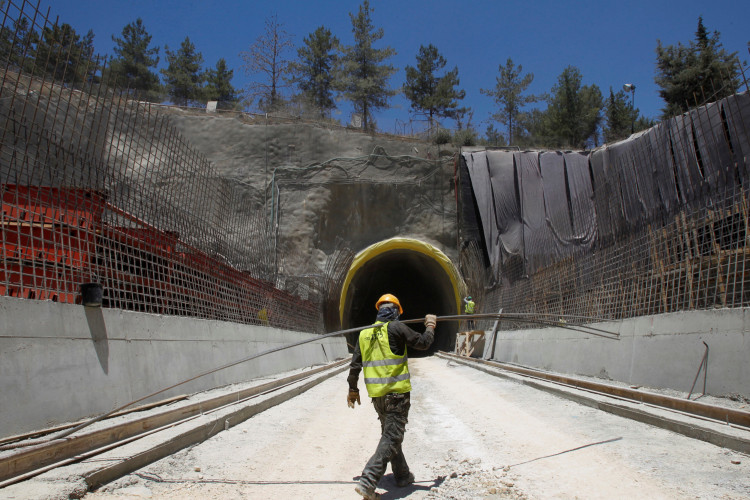The China Communications Construction Company, also known as the CCCC, have recently confirmed that it has drilled the longest tunnel railway in East Africa. This tunnel railway will run from the capital city of Kenya up to the town of Naivasha.
The China Communications Construction Company said that this recently drilled tunnel is part of the phase 2A project called the Standard Gauge Railway. It will run from Nairobi, Kenya's capital city, up to the market town of Naivasha which is located in the northwest part of Nairobi.
Standard Gauge Railway general manager An Aijun said that the project faced several hurdles since it started. Mr. Aijun, who also works at the project's head office at the China Communications Construction Company, added that among the difficult problems faced by the team include water leaks, rocks, shallow-depth excavation, uneven pressure, oil pipeline protection, and structural fault lines.
The tunnel, named Ngong Tunnel, is currently the title holder for the longest tunnel in East Africa. The tunnel, which will also serve as a railway, is 4.5 kilometers long. The China Communications Construction Company claims that this particular part of the Standard Gauge Railway project is by far the most difficult to implement.
The Ngong Tunnel is just the beginning of this massive infrastructure undertaking. The Phase 2A project will extend for about 120 kilometers and is expected to be fully complete in 2019. On the other hand, the Ngong tunnel was designed as a single-track railway tunnel. The tunnel has a clearance height of nine meters and a width of seven meters.
In order to complete the project, engineers from the China Communications Construction Company used the New Austrian Tunneling Method (NATM) of drilling and blasting. While this method is widely adopted in many parts of the world, the Ngong tunnel project will stand as the first time such method was implemented on such a large scale in Kenya.
According to engineering experts, the NATM tunneling method is efficient, economical, and has impressive adaptability when it comes to different types of geological and groundwater conditions. This particular tunneling method is also preferred by many engineers because it can control surface collapse more efficiently compared to other methods. It also enhances the working environment all throughout the construction process.
In order to complete this massive infrastructure project, more than 600 workers were employed. Both engineers and workers worked diligently for 24 months in order to achieve this wonder of engineering.






